Gabriel Muniz – Special to the Southern News
Community colleges have democratized college education from a privilege reserved for the wealthy few to an educational opportunity available to virtually everyone with the desire to learn. Reaching mainly community residents, low income and first-generation students, as well as those juggling family obligations with part or full-time jobs, community colleges have opened up the door to countless individuals in search of higher education, greater employment, and better wages.
However, lest great intentions be mistaken for practical workability, President Obama’s recent proposal to make community college free for millions of prospective students, a bold step in the direction of “equal opportunity for all,” needs to be considered in light of many political, economic and educational implications.
First things first: a $60 billion plan over 10 years, what this educational proposal has been estimated at, naturally, forces one to consider from whence cometh this money? Taxpayers, of course, a situation with which many – A Republican-controlled Congress, no less – will have a problem.
Even if this economic hurdle manages to be overcome, what will become of the community colleges that are currently overpopulated and understaffed? Many more people will have now have access to college. In fact, those never considering college as a path to follow in life will now probably give it a shot on the basis that it is “free.”
But with more and more students come greater and greater costs, both educational, administrative, not to mention other costs related to counseling and other vital student services.
God forbid the institutions largely existing to ease the financial burdens of millions become priced out of existence.
Many other factors need to be considered before implementing Obama’s initiative to make the first two years of college in America “as free and universal as high school is today.” Implicit in the President’s proposal is that everyone with the opportunity to go to college should.
This assumption has become increasingly debated, as attested to by minimal job prospects upon graduation, employer dissatisfaction with graduate career readiness, and an economy that is simply demanding skills not so easily learned by two to four years of college.
Michelle R. Weise, senior research fellow at the Clayton Christensen Institute, noting this point well in a recent Wall Street Journal opinion piece, writes that non-degree granting “coding ‘boot camps’ boast anywhere from 63 percent to 99 percent job attainment rates—stronger than the 57 percent placement rate of law-school graduates, according to the American Bar Association.”
The fact that only 20 percent of students who start a two-year community college program graduate in three years, with only 60 percent returning to school after the first year is an alarming statistic sure to raise some concern, as is the fact that tuition is one of many factors compounding the struggles of many, mostly low-income, community college students.
Family responsibilities (i.e. adequate childcare for single mothers), living expenses, food, and transportation are among those factors that take precedence in the lives of many students whose tuition rates and books are largely subsidized by Pell Grants.
It is not to say that all hope should be lost on this far reaching but potentially beneficial educational proposal. Consider Connecticut as a brief case study.
Here in Connecticut, with the state’s 12 community colleges, four state universities, and Charter Oak State College under the same governing structure, the relationship between community colleges and state universities has fared well in terms of accessibility, affordability and graduation rates.
A recent article in the New Haven Register reported that CT community college transfer students graduate at higher rates that students who begin their studies at a CT state university. According to the Board of Regents of Policy and Research, 62 percent of the 5,556 students who completed a bachelor’s degree in 2014 from a state university had previously attended a state community college, with Manchester Community College having the largest number of graduates with 511, followed by Gateway with 441.
The same New Haven Register article even reported that SCSU in a study it did in 2014 found that “students from community colleges who transferred in 45 credits or more to Southern did just as well academically as those who transferred from another state university or from the University of Connecticut,” suggesting the practical value and the necessity of the community college. Who knows? If Obama’s plan doesn’t get implemented on a national level, it might just pass muster at the state level.
Photo Credit: Stephen Goddard

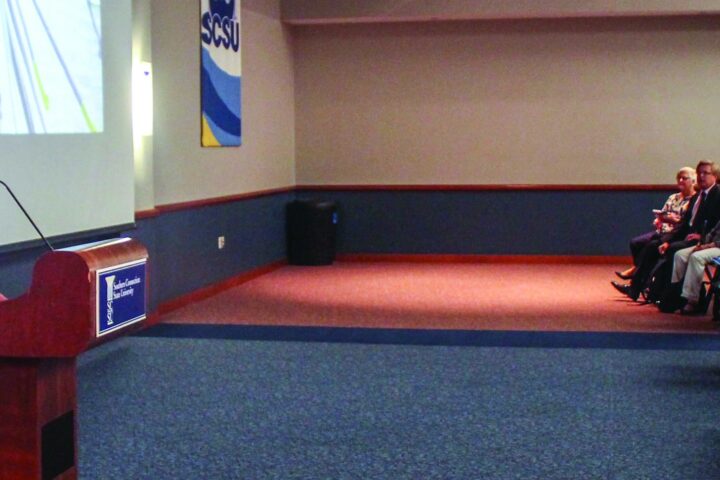

























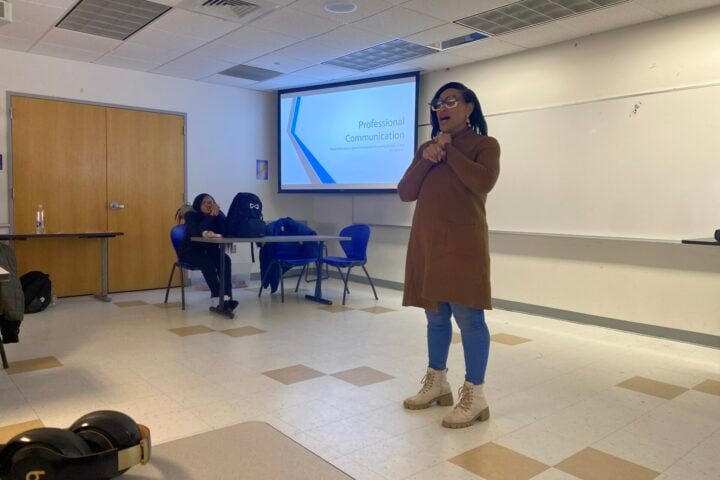
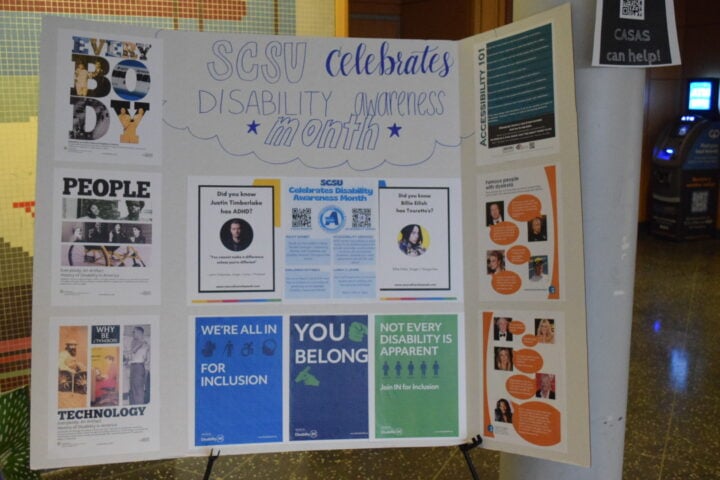
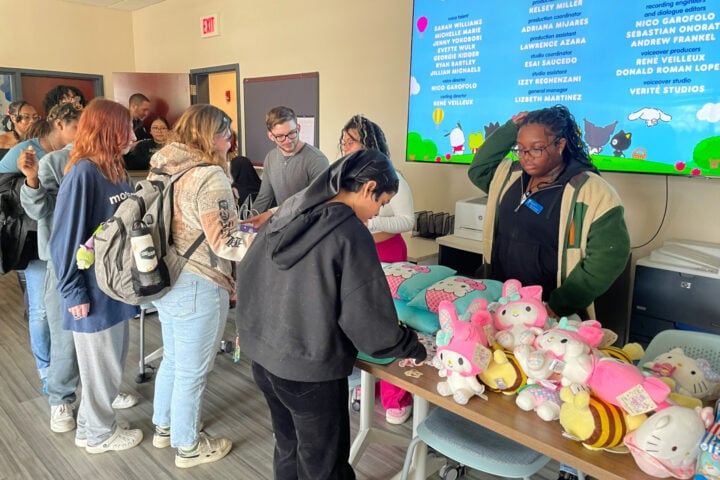
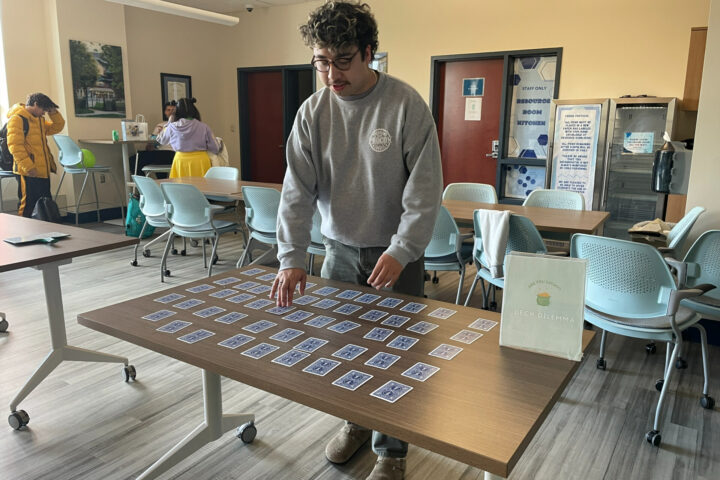
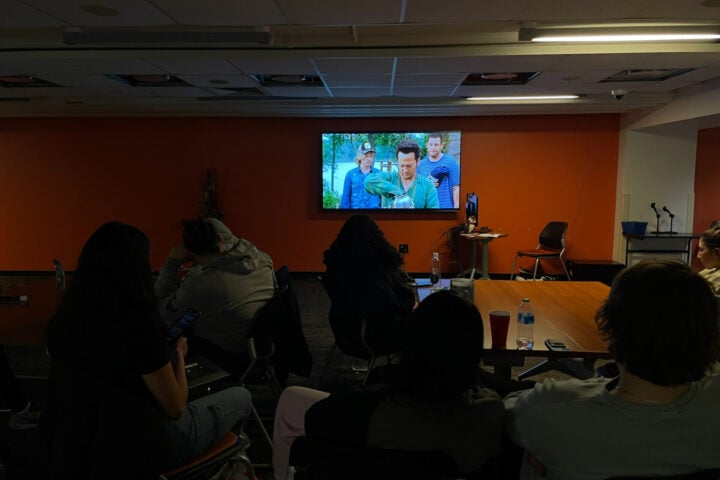
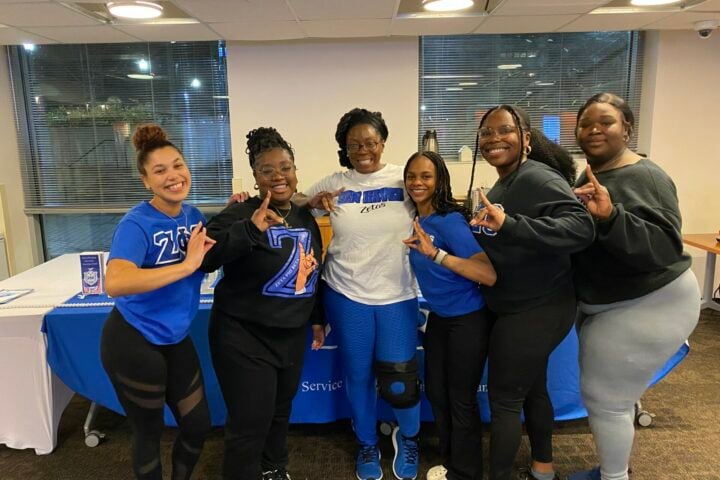



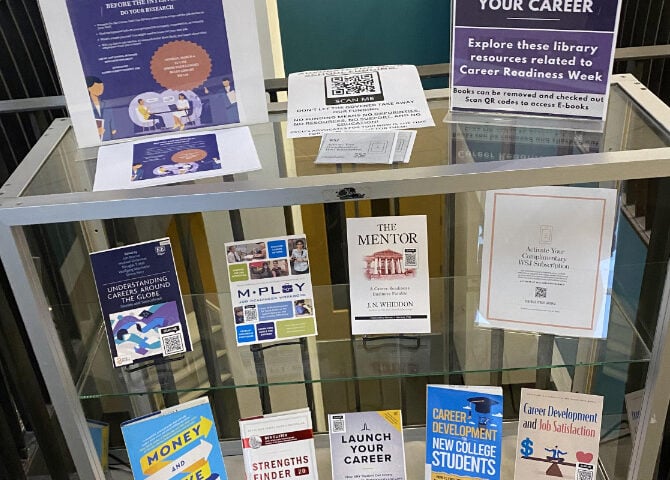





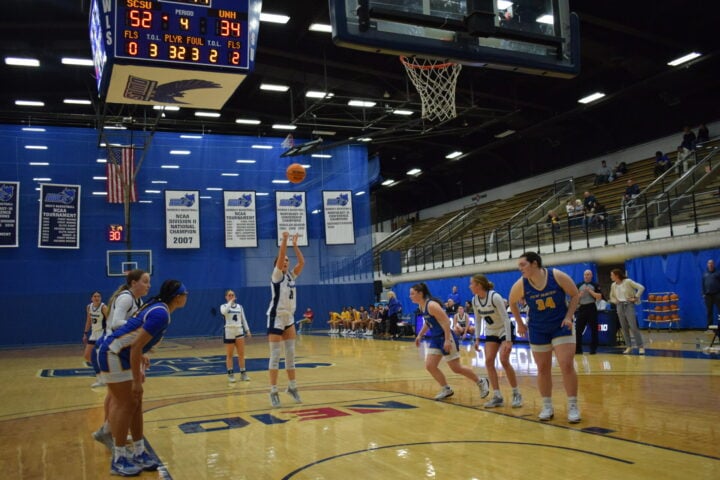

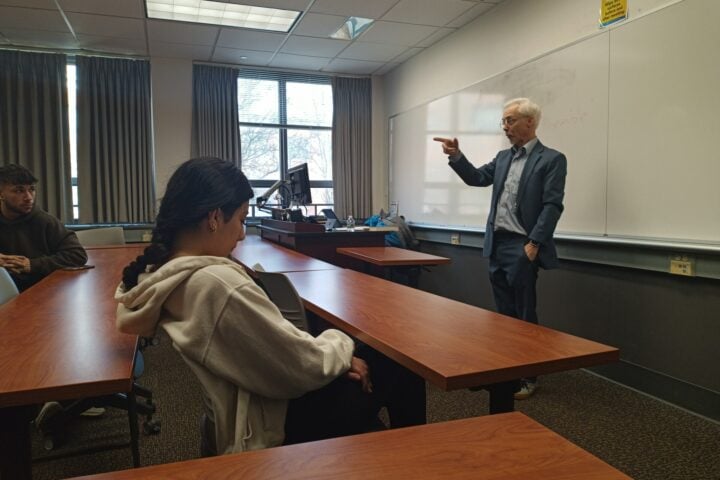
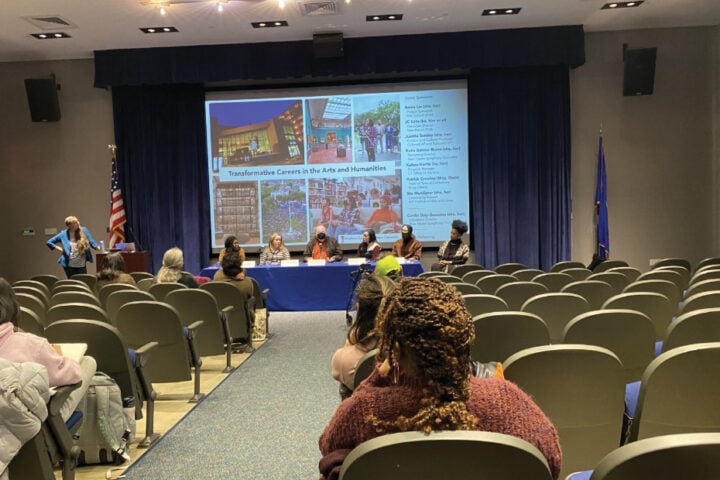



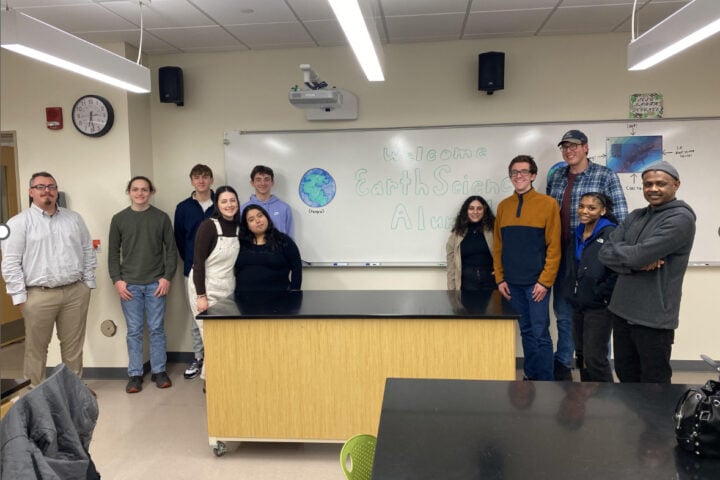
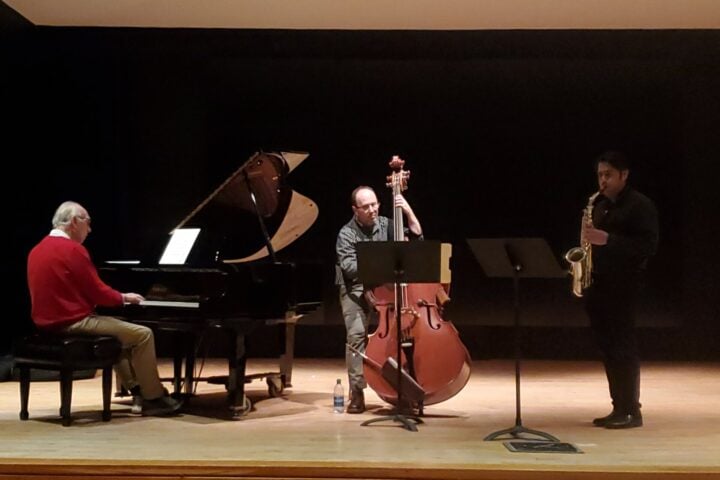
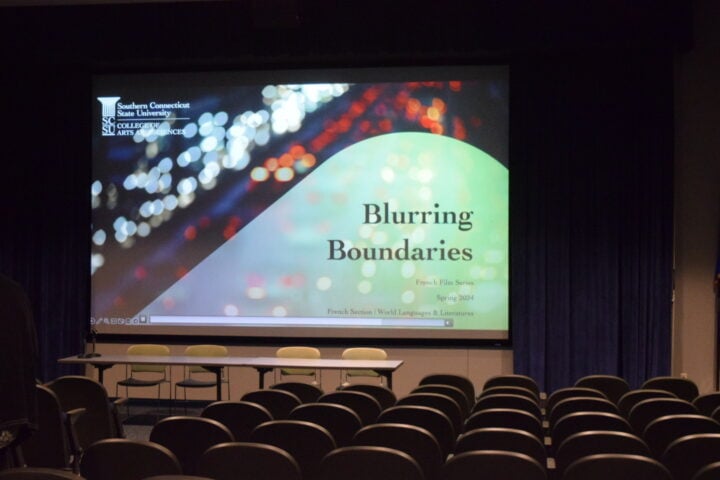


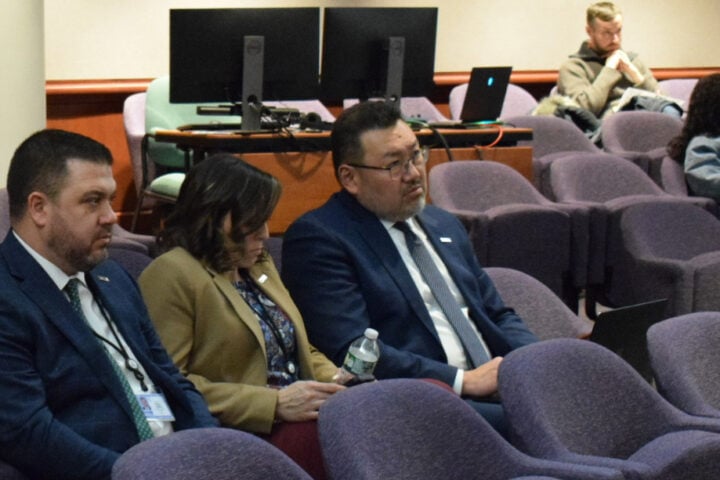
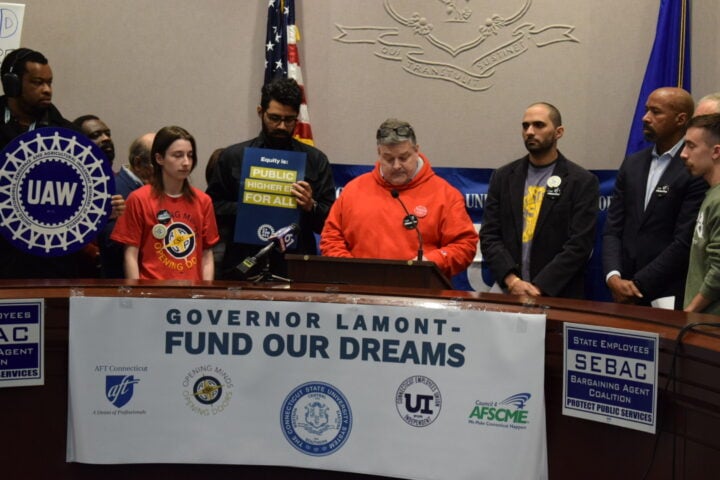




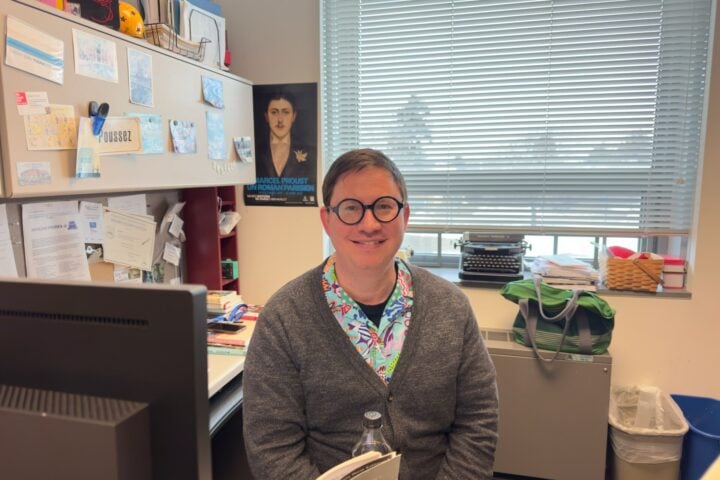


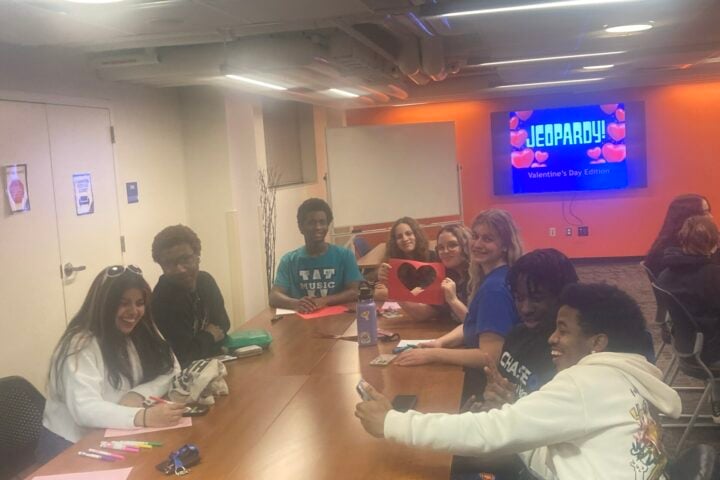



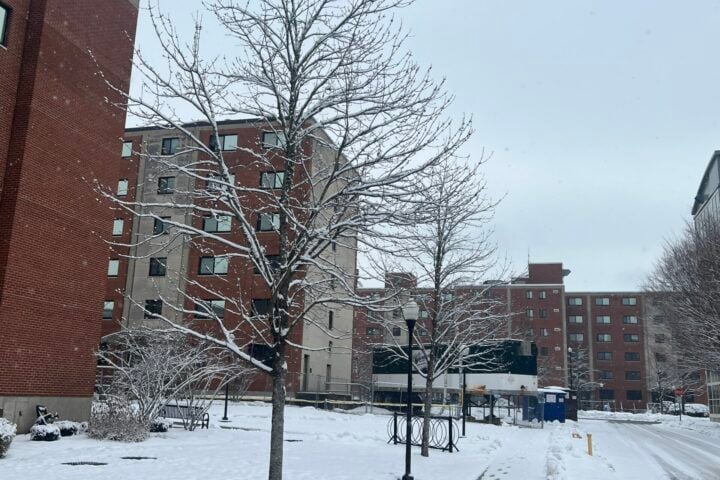





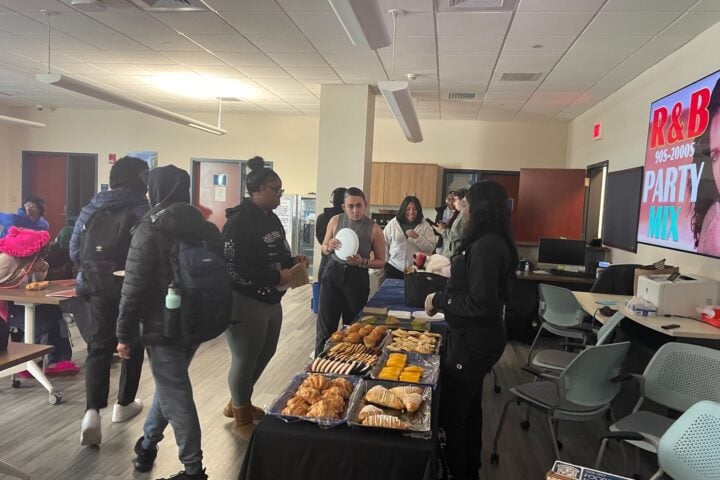





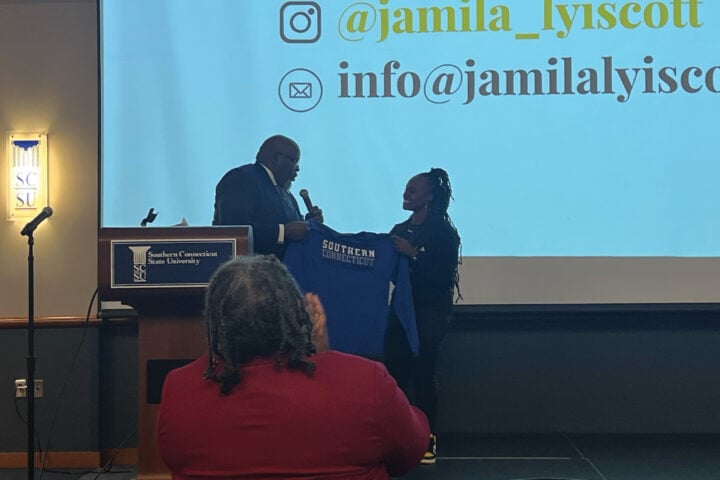
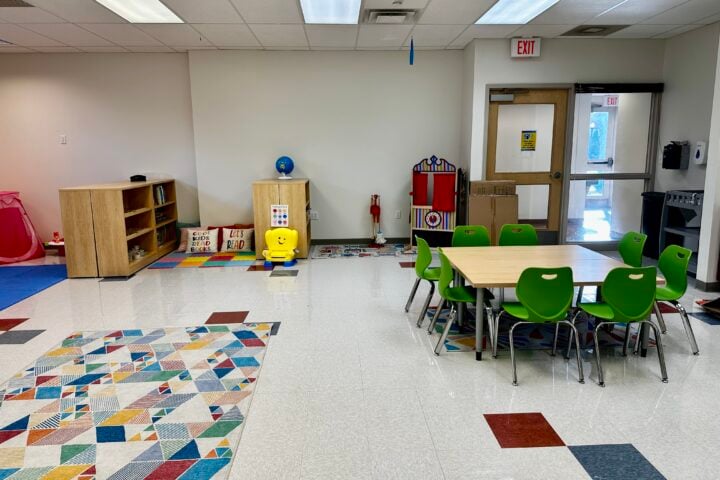



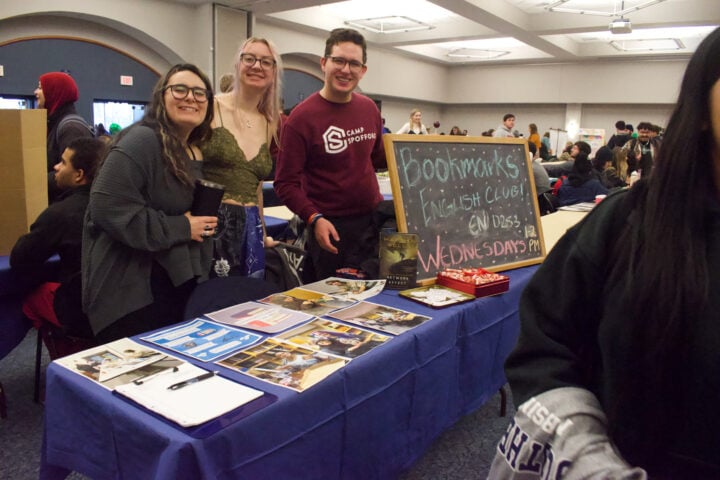

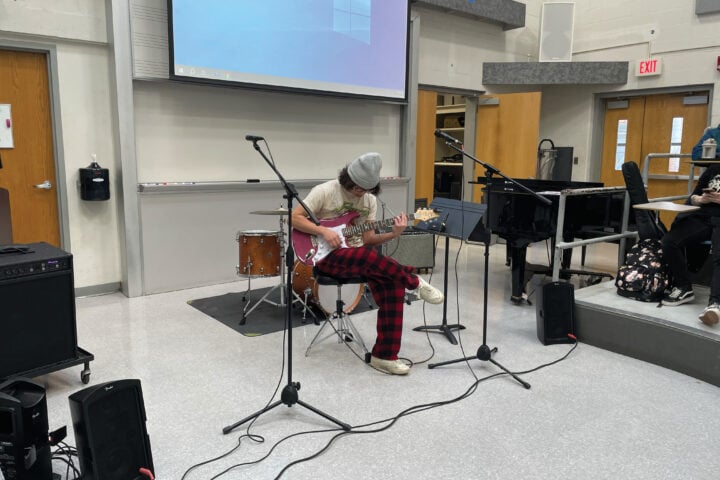
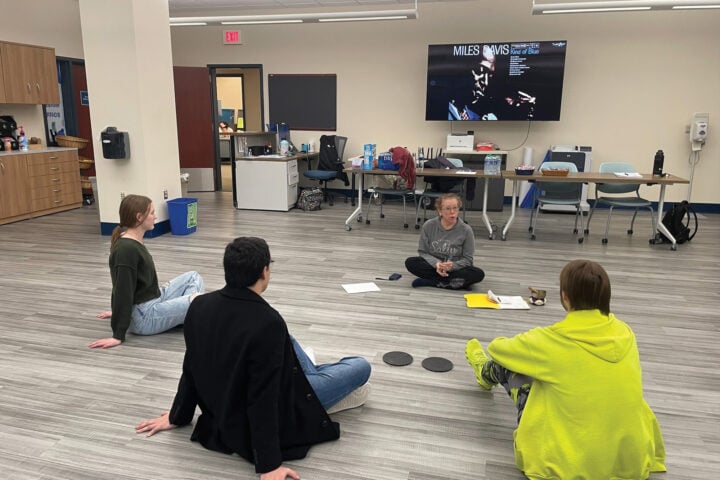
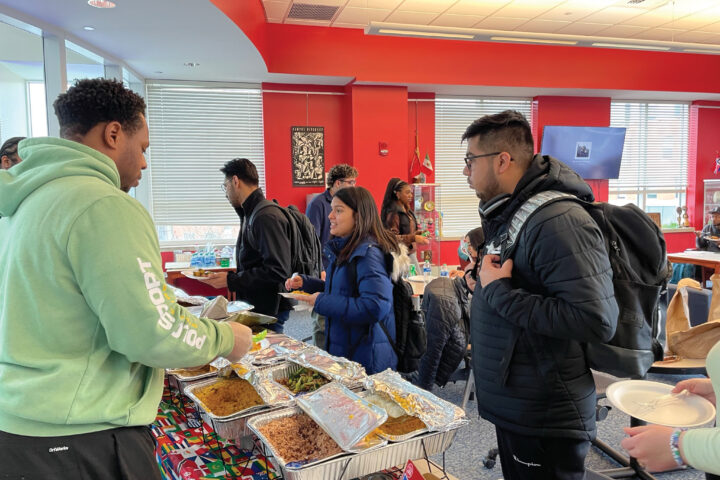

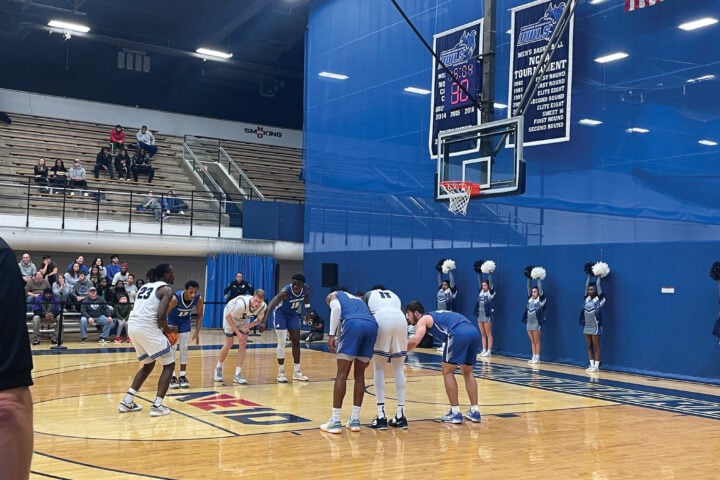



[…] But GrassrootsMarketing and CommunicationsU.S. Women’s Bureau News 12/31/14Council ConnectionNot so fast Mr. President: community colleges critically examinedbody { background: […]